In order to diversify medicinal plants and develop the locality into a medicinal plant center of the province, Cam Lo district has recently introduced many medicinal plants for experimental planting for expansion, including sandalwood. Although it has only been planted for a short time, this plant grows quickly, promising many prospects to bring high income to farmers.
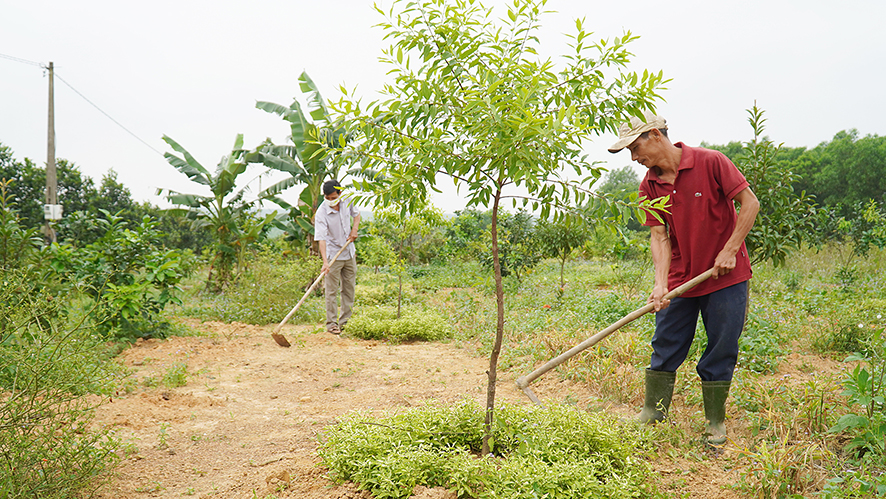
Farmers in An My village, Cam Tuyen commune, Cam Lo district take care of sandalwood trees - Photo: ANH VU
After nearly a year of planting, the sandalwood trees in the hills of An My village, Cam Tuyen commune have grown 1.5-2 m tall. Local people said that despite a severe drought and a long rainy season, the survival rate of sandalwood trees is over 95%, growing quickly and evenly. This shows that this tree variety is very suitable for the soil and climate conditions in Cam Lo.
Mr. Tran Minh Khanh's family planted 150 sandalwood trees on an area of 6 sao, interspersed with fruit trees that have not yet closed their canopy. Mr. Khanh said that since planting until now, he has fertilized, cared for, weeded, and hilled the trees three times. Currently, the trees are growing very well, some are over 2 m tall.
“I have experimented with planting many types of plants, especially medicinal plants, but I find that sandalwood is very suitable for the soil and climate conditions in the hilly area. The planting time was in March 2023, then there was a long period of severe drought, followed by cold rain, but the survival rate of the plants was very high and they grew well, especially there were almost no pests. I hope that when the products are harvested, the business will purchase and consume the products for farmers as committed so that we can have more income and improve our lives,” Mr. Khanh shared.
In early 2023, Cam Lo district cooperated with the Institute of Sandalwood and Rare Plants Research to pilot sandalwood planting in Cam Tuyen commune. There were 12 households participating in planting with an area of 4.5 hectares (equivalent to nearly 2,000 trees). This is the land area where people have planted fruit trees but the canopy has not closed. During the model implementation process, the District People's Committee supported 50% of the price of seeds and microbial fertilizers, equivalent to more than 62 million VND. In addition, people were trained in technical transfer on the process of planting, caring, pest control, harvesting, post-harvest preservation, etc.
These households also established a cooperative to support each other in planting, caring for, and protecting the trees from being damaged by livestock. Vice Chairman of Cam Tuyen Commune People's Committee Tran Tho Binh said that currently, the entire sandalwood area in An My village is growing well, so people are very excited, confident, and expectant of this tree. The local government continues to coordinate with the district's agricultural sector to direct and guide farmers to care for and prevent pests and diseases according to the technical process set forth by the Institute for Research on Sandalwood and Rare Plants.
Sandalwood is a medicinal plant originating from India that has recently been introduced to our country. The advantage of the sandalwood tree is that all parts of the tree can be used to make essential oils, cosmetics, etc., so it has a high economic value and is known as the "green gold" tree.
Growing sandalwood is low risk because it is an intercrop, people who have gardens of oranges, grapefruits, rosewood, etc. can intercrop sandalwood and still have income from both crops. Sandalwood can be grown in different types of soil such as sandy soil, red soil, clay, laterite soil mixed with clay, gravelly soil but needs good drainage because it cannot withstand waterlogging.
Sandalwood trees start to harvest leaves in the 3rd year; from the 4th to the 13th year, they harvest fruit with an average yield of about 1.5 kg/tree/year; from the 13th year onwards, they harvest wood, with each tree yielding an average of about 20-30 kg of core, including trunk core, root core and branch core. Currently on the market, fresh sandalwood leaves cost about 100,000 VND/kg; fruit from 150,000-200,000 VND/kg; wood core from 1-5 million VND/kg (depending on size).
According to Dr. Vu Thoai, Chairman of the Scientific Council of the Vietnam Institute for Research on Sandalwood and Rare Plants, each hectare of sandalwood from the time it starts to produce leaves and fruits to the entire trunk and roots brings in an income of about 500-700 million VND. However, it also depends on the planting density, the care process, and what plants are intercropped with...
“Currently, we have a policy to develop sandalwood growing areas in Cam Lo, then build a factory to deeply process products to support farmers’ output. At the same time, we signed a commitment with the People’s Committee of Cam Lo district and the people to consume the output of two main products: sandalwood seeds and wood,” Mr. Vu Thoai added.
Mr. Vu
Source


![[Photo] North-South Expressway construction component project, Bung - Van Ninh section before opening day](https://vstatic.vietnam.vn/vietnam/resource/IMAGE/2025/4/17/ad7c27119f3445cd8dce5907647419d1)
![[Photo] Many practical activities of the 9th Vietnam-China border defense friendship exchange](https://vstatic.vietnam.vn/vietnam/resource/IMAGE/2025/4/16/3016ed3ef51049219574230056ddb741)
![[Photo] Opening of the 4th Summit of the Partnership for Green Growth and the Global Goals](https://vstatic.vietnam.vn/vietnam/resource/IMAGE/2025/4/16/488550ff07ce4cd9b68a2a9572a6e035)
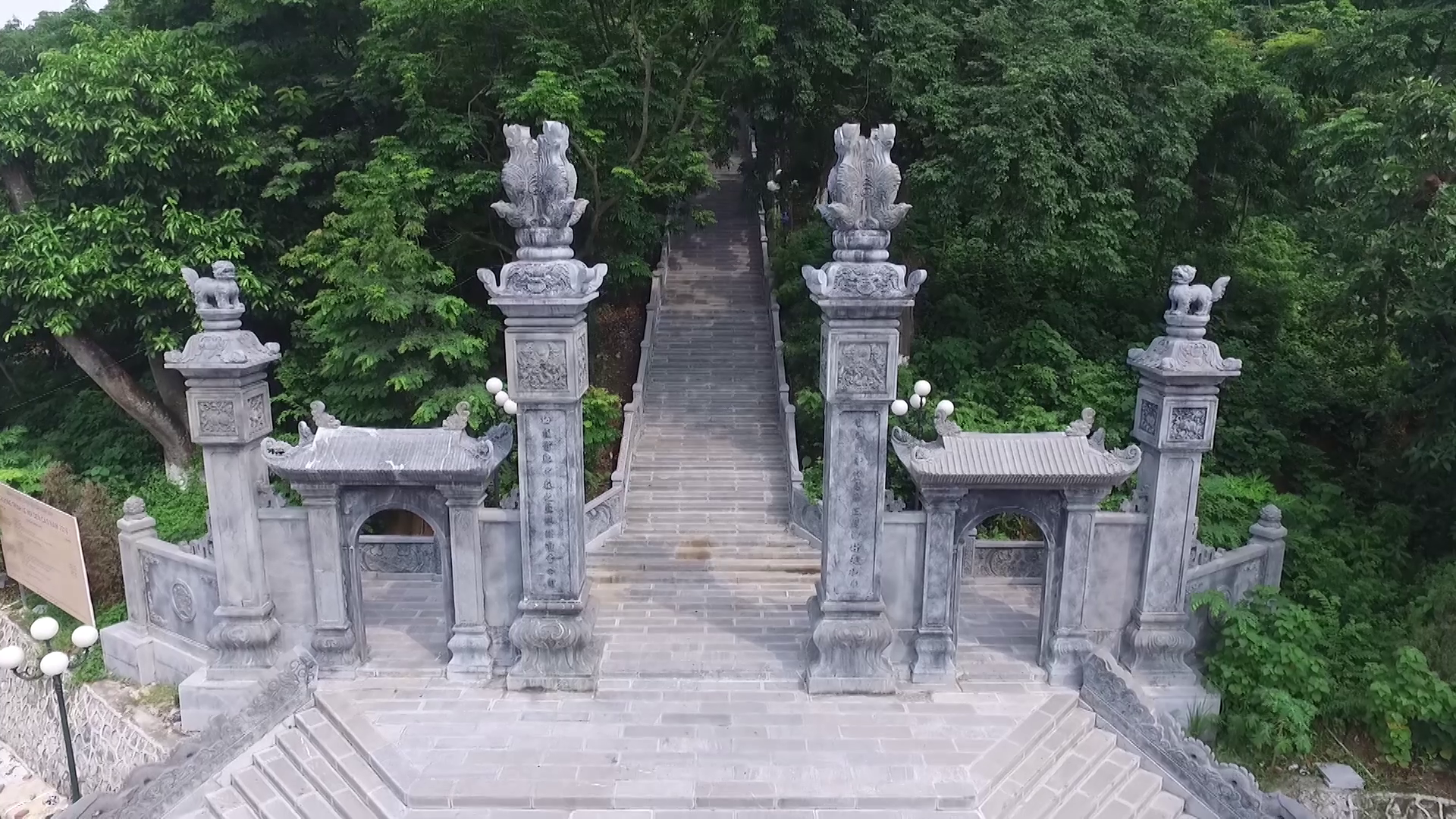
![[Photo] President Luong Cuong receives Ethiopian Prime Minister Abiy Ahmed Ali](https://vstatic.vietnam.vn/vietnam/resource/IMAGE/2025/4/16/504685cac833417284c88a786739119c)
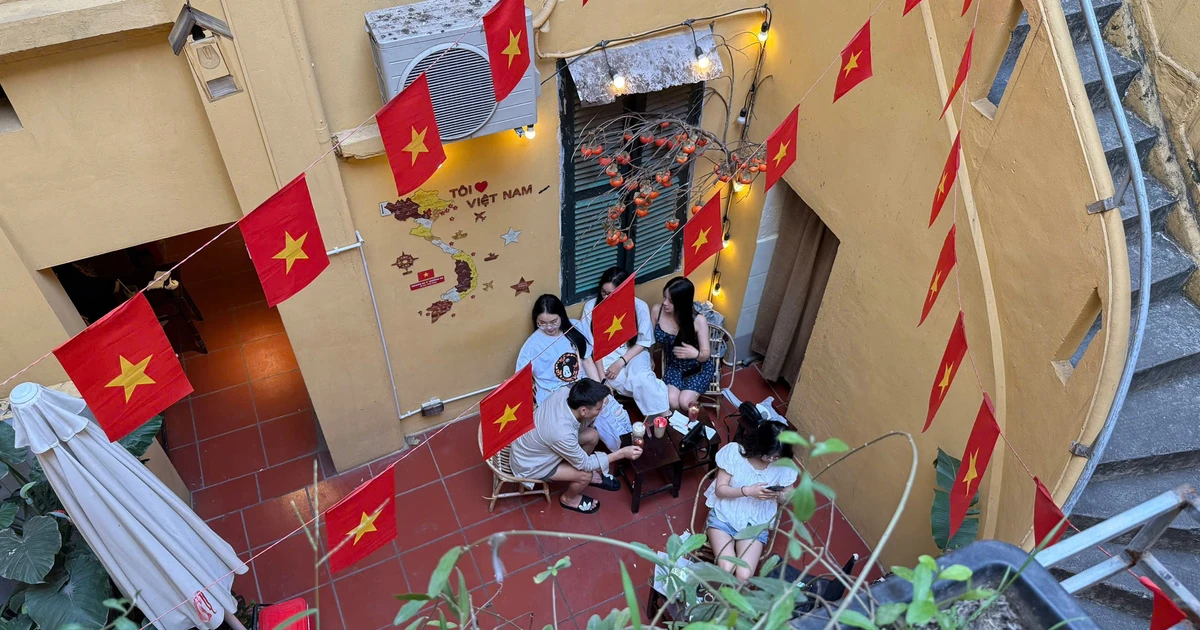

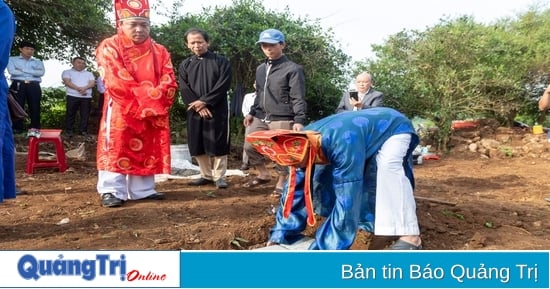


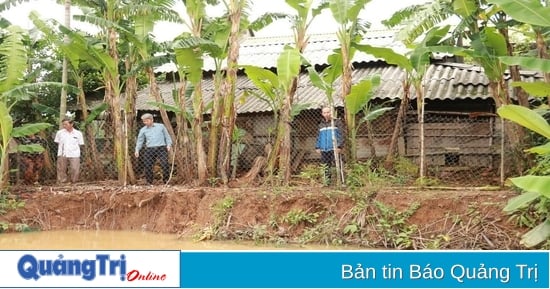
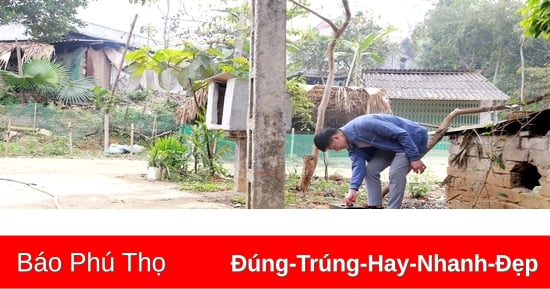




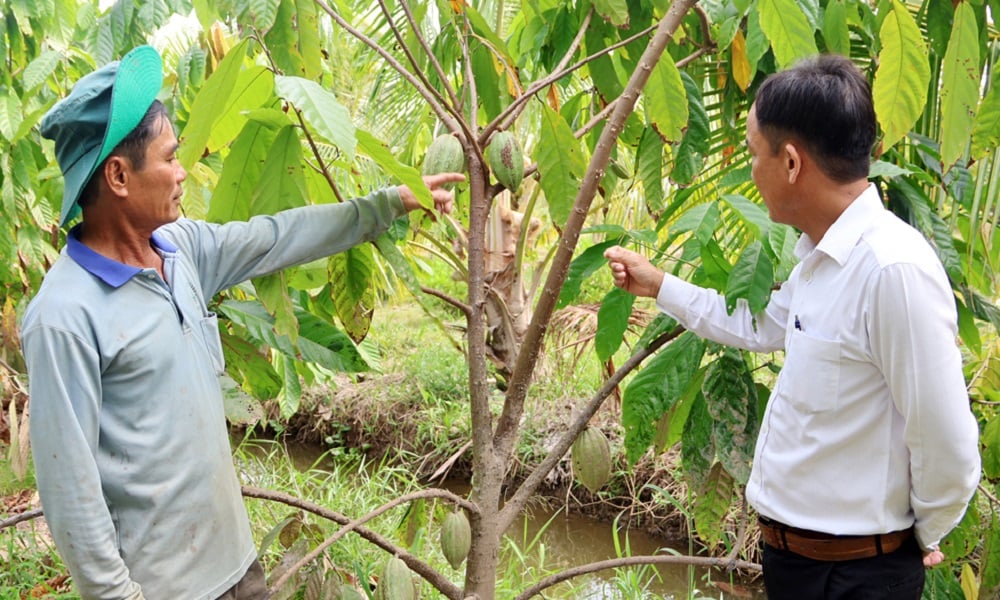






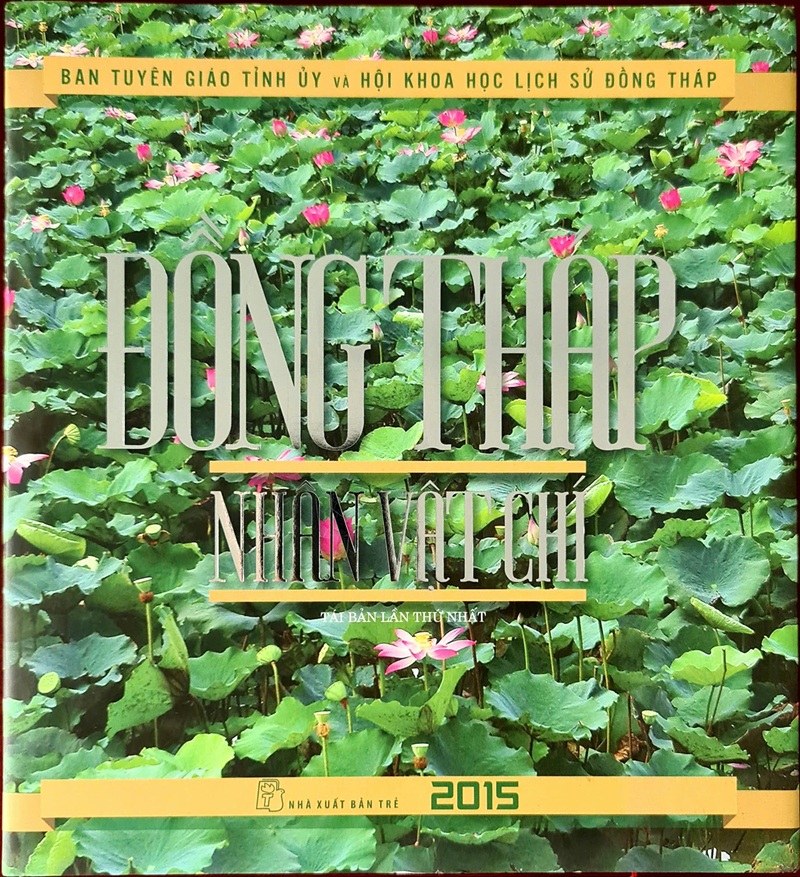


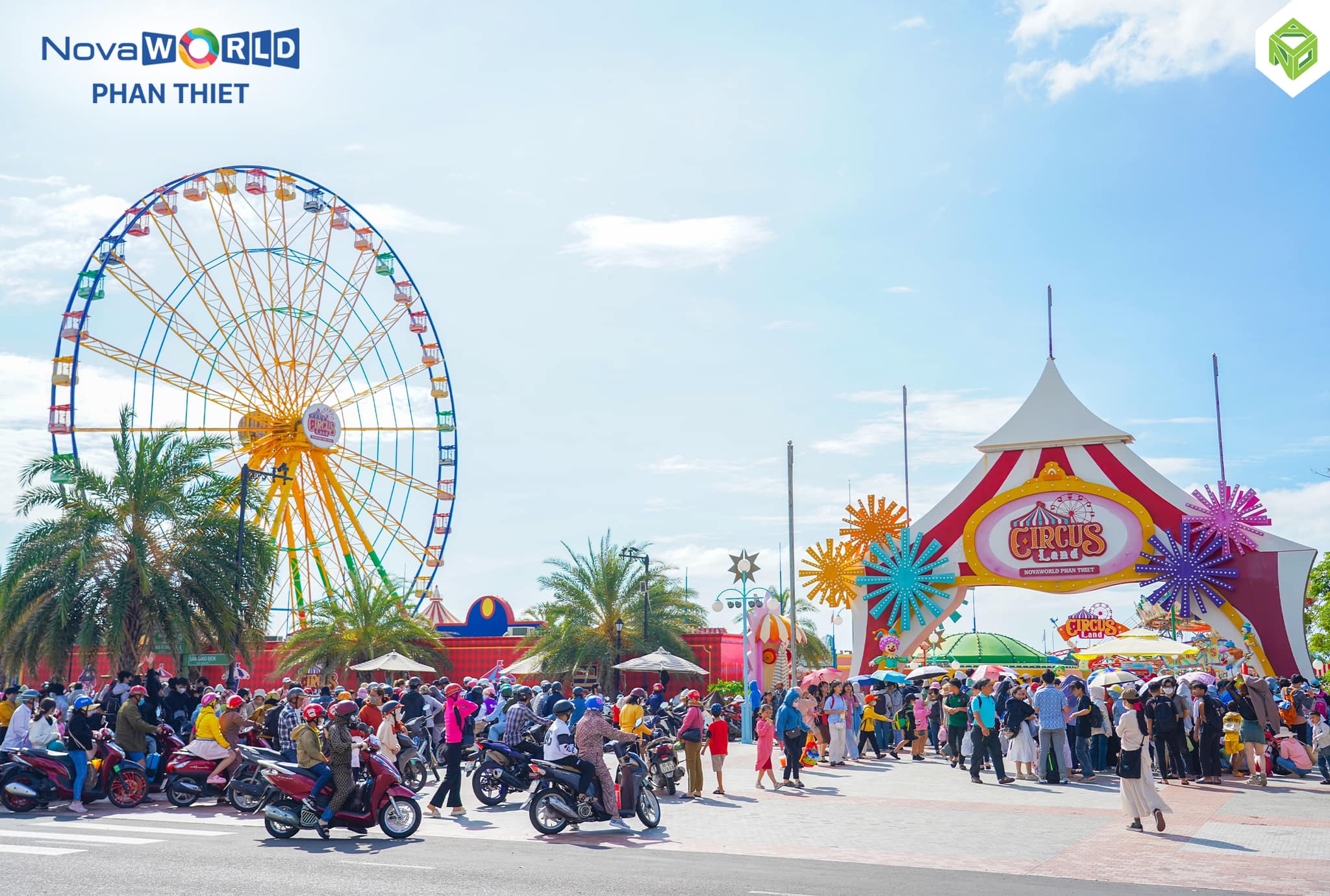


![[Photo] National Assembly Chairman Tran Thanh Man meets with Ethiopian Prime Minister Abiy Ahmed Ali](https://vstatic.vietnam.vn/vietnam/resource/IMAGE/2025/4/16/c196dbc1755d46e4ae7b506c5c15be55)








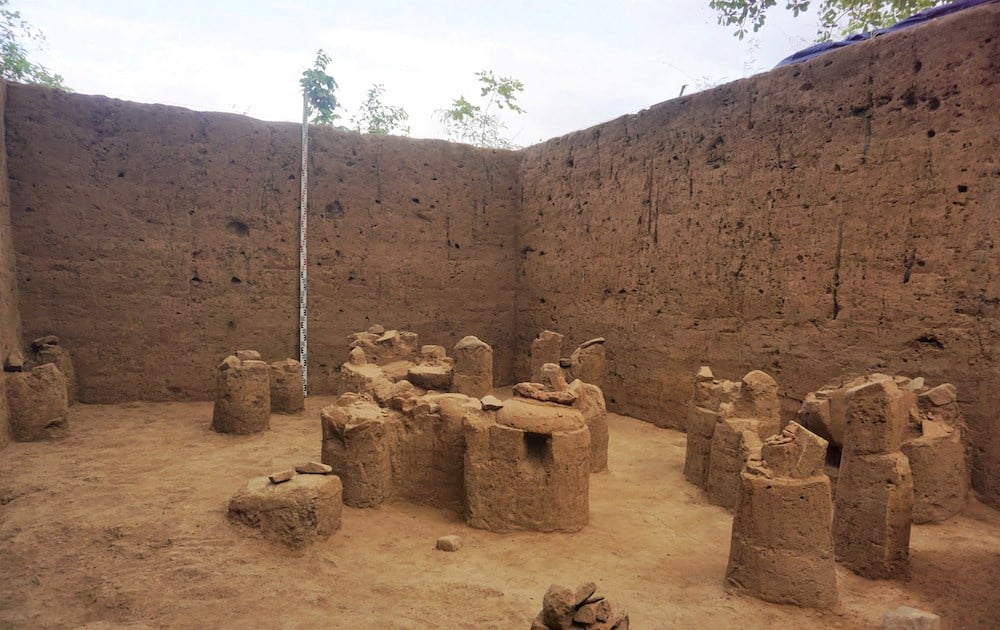
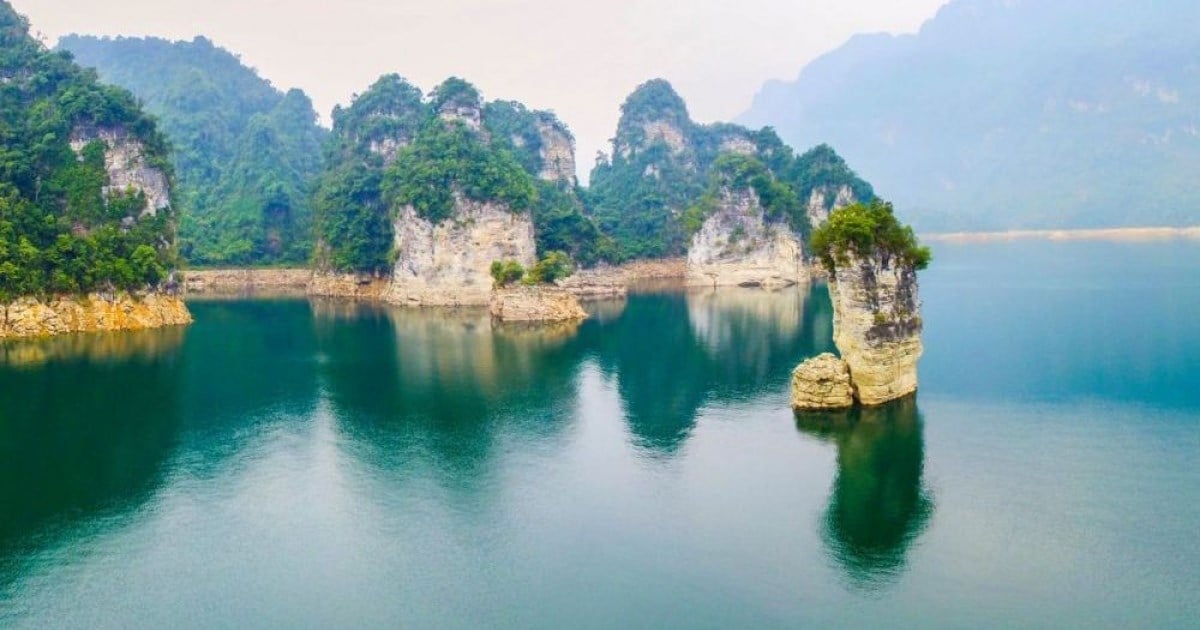










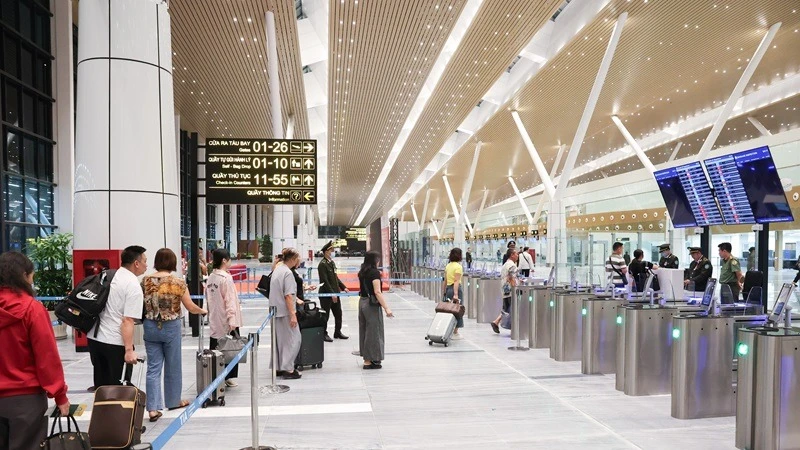



![[Video] Viettel officially puts into operation the largest submarine optical cable line in Vietnam](https://vstatic.vietnam.vn/vietnam/resource/IMAGE/2025/4/17/f19008c6010c4a538cc422cb791ca0a1)
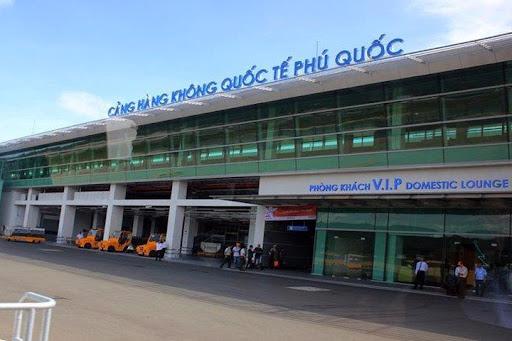









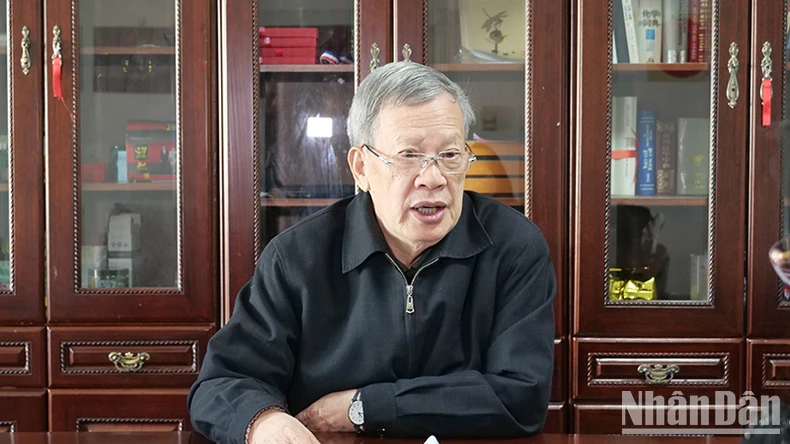












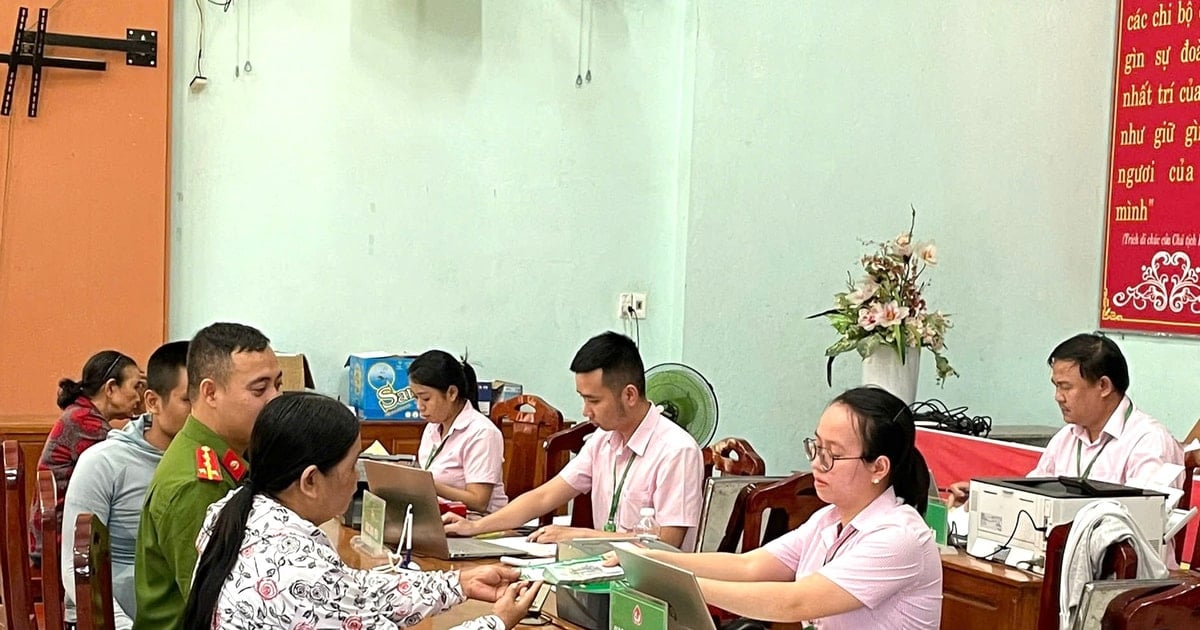

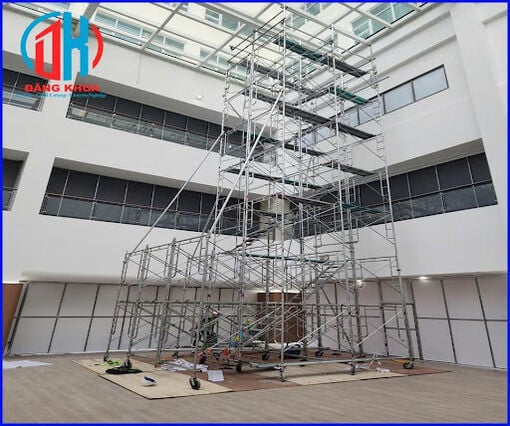






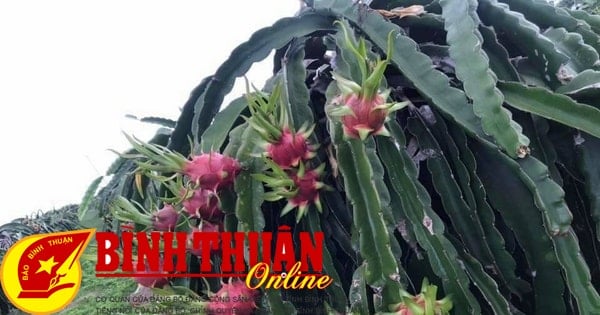

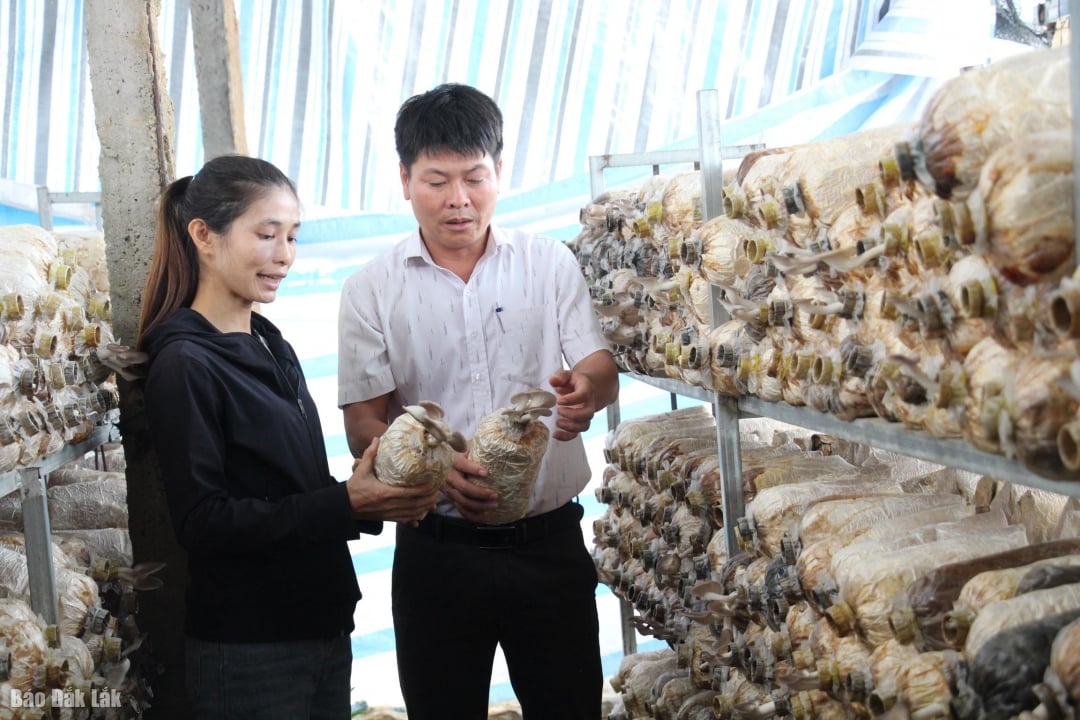







Comment (0)